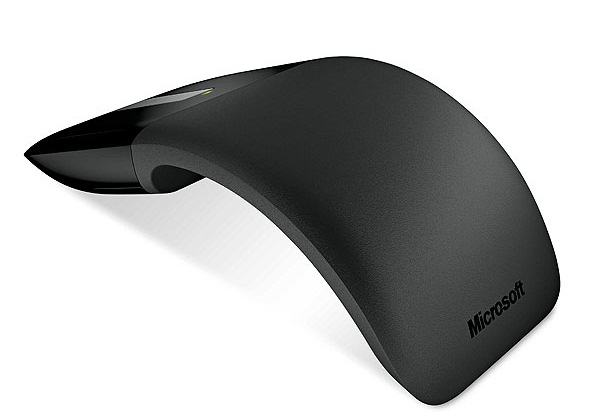

- #MOUSELESS MEDIA INSTALL#
- #MOUSELESS MEDIA 64 BIT#
- #MOUSELESS MEDIA CODE#
- #MOUSELESS MEDIA FREE#
- #MOUSELESS MEDIA MAC#
Video_stream = edgeiq.WebcamVideoStream(cam=0).start() # Load to DNN inference engine for all other devices # Load for Jetson Nano: DNN_CUDA inference engine performs inference on NVIDIA GPU # Load for Pi + NCS2: DNN_OPENVINO inference engine performs inference on NCS2 Obj_detect = edgeiq.ObjectDetection("alwaysai/mobilenet_ssd")
#MOUSELESS MEDIA CODE#
Here’s an example of the code required to perform object detection: Often, only changing the engine or accelerator is required to, for example, build an app that runs on a Pi 4 with Intel Neural Compute Stick 2 (NCS2) and also on an NVIDIA Jetson Nano on CUDA. The edgeIQ Python API is designed to keep your code consistent across many different devices. ✔ What is the destination? › Remote device With alwaysAI, running your application is as simple as setting up your edge device and then using the CLI to select a new target. Once the app is working the way you like, it’s time to take it to the edge! Test your app on the edge In your app you can get images or video from a file, webcam, or IP stream and perform inferencing on a model from our model catalog or one that you’ve trained, and display the results in a web browser using our visual debugging tool, the Streamer.
#MOUSELESS MEDIA INSTALL#
Once you have your app set up, installing and running it are as simple as: $ aai app install The alwaysAI CLI takes care of installing Python dependencies from the requirements.txt file, and running the app using the alwaysAI Python installation. Simply run the desktop installer which will set up your alwaysAI development environment, including installing the alwaysAI CLI and a python environment with our Python API, edgeiq.

#MOUSELESS MEDIA MAC#
The rest of this guide will be focused on developing on Mac or Windows. Some devices, such as the Raspberry Pi 4 are powerful enough to be used as a development machine, and alwaysAI makes both approaches straightforward. Personally, I prefer to develop on my laptop where my IDE is set up the way I like it and I don’t have to worry about having too many Stack Overflow tabs open. Let’s dive in! Build your app for the edgeīuilding applications for edge devices can take many forms, depending on the capabilities of the device and the developer’s preferences.

In the next sections, I’ll walk through how alwaysAI can help you build your computer vision applications more easily, test your app on edge devices to get the desired performance, and finally how you can deploy and manage a fleet of edge devices running your alwaysAI app. Once you sign up, the dashboard has resources to help you get your first app running, and you can find app development guides and the edgeIQ Python API in the docs.
#MOUSELESS MEDIA FREE#
It’s free to sign up for alwaysAI, and we have a bunch of example apps and pre-trained models to get you up and running quickly. We’ve built a suite of tools around OpenCV to make the end-to-end process seamless and to help solve some of the common pain points unique to working with edge devices. That means in every alwaysAI application you can add import cv2 and use OpenCV in your app. Since we at alwaysAI love to use OpenCV, we’ve built it in as a core piece of our edge runtime environment.
#MOUSELESS MEDIA 64 BIT#
alwaysAI apps are built in Python and can run natively on Mac and Windows, and in our containerized edge runtime environment optimized for different architectures commonly used in edge devices, such as 32 and 64 bit ARM architectures. That includes training your model, building your app, and deploying your app to edge devices such as the Raspberry Pi, Jetson Nano, and many others. At alwaysAI we have the singular mission of making the process of building and deploying computer vision apps to edge devices as easy as possible. Official Repositories and the Arch User Repositories (AUR) The Fabulous Manual. Ī General Linux Overview Diving Inside Linux. What Is a Mouseless Development Environment? What Do You Need to Follow Along?. Welcome, Mouseless Developers Who Should Read This Book?. Getting Back the Block Devices and the Boot Mode Generating fstab And Installing Arch Linux Improving Your Mouseless Development EnvironmentĪutomatically Installing the Plugin Managerįuzzy Search And Copy with fzf and Extrakto Through Time and Space: Configuring the Timezone Mounting Automatically Partitions With fstabĬhanging The Root Directory with arch-chroot Official Repositories and the Arch User Repositories (AUR) What Is a Mouseless Development Environment?


 0 kommentar(er)
0 kommentar(er)
